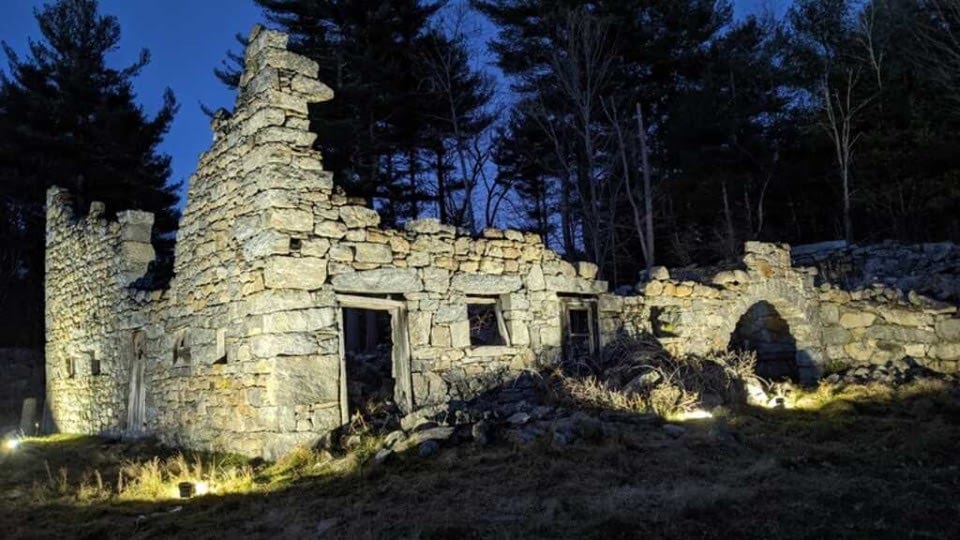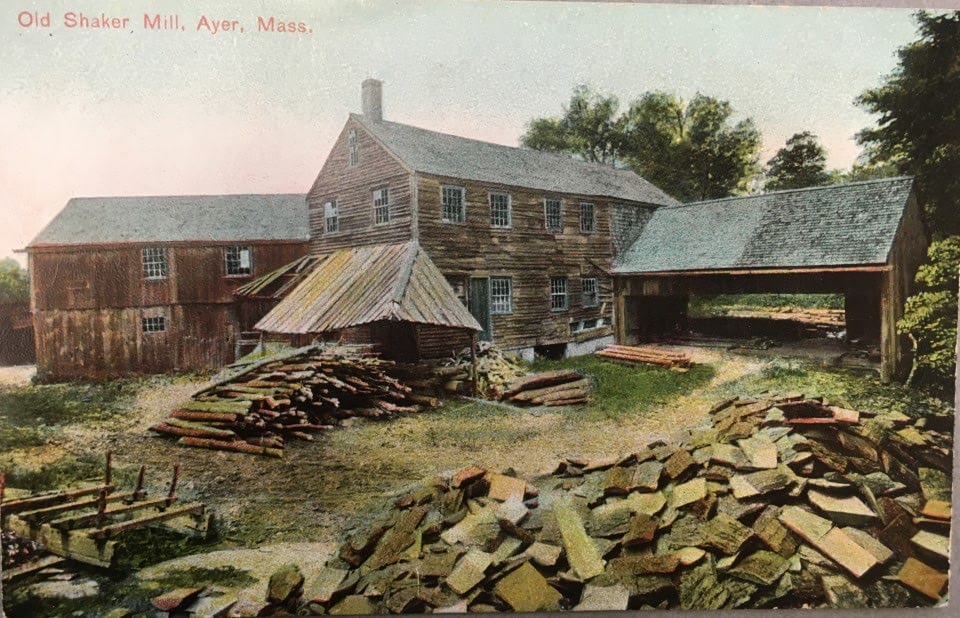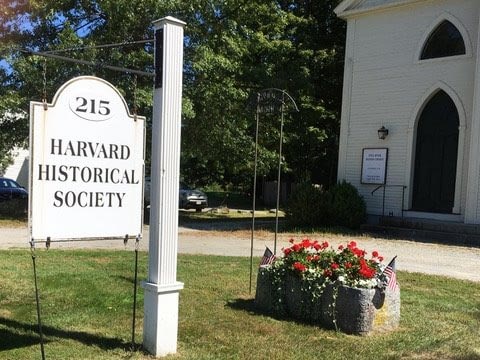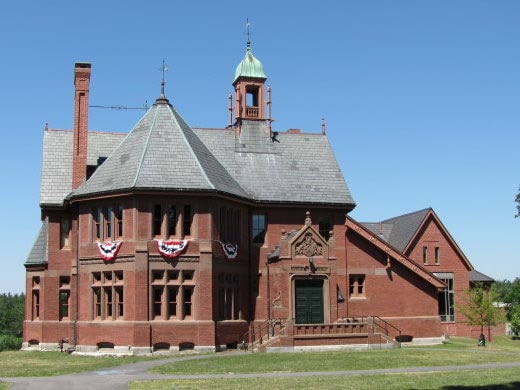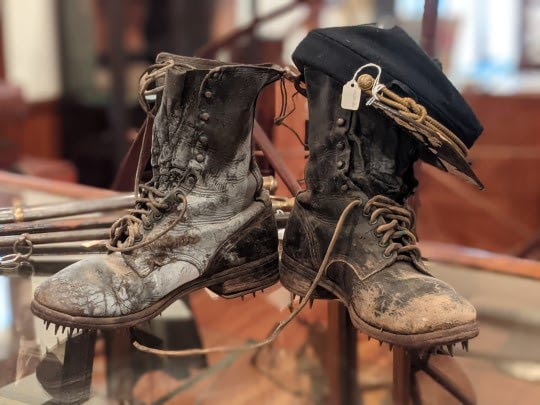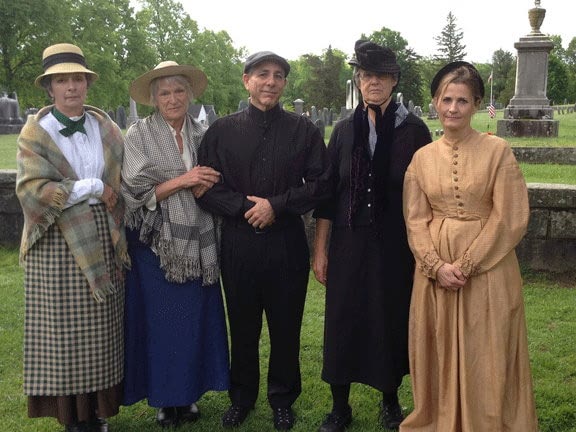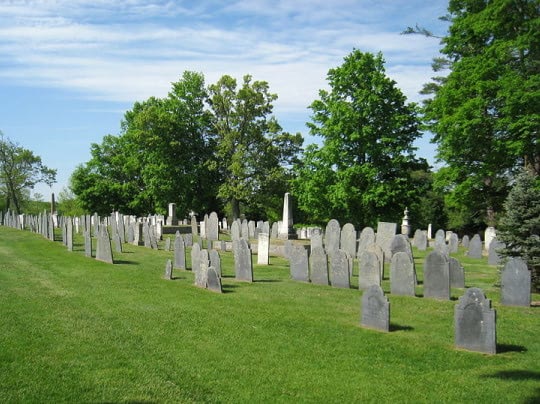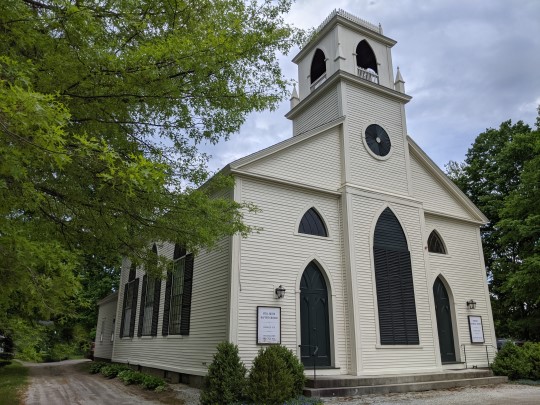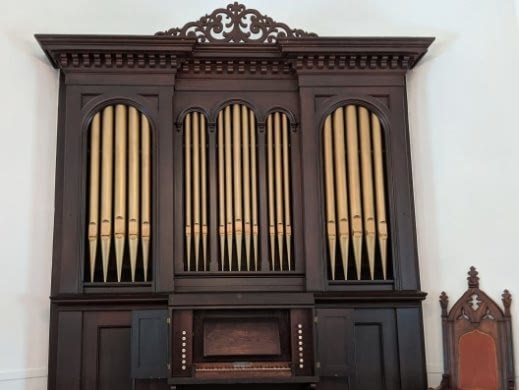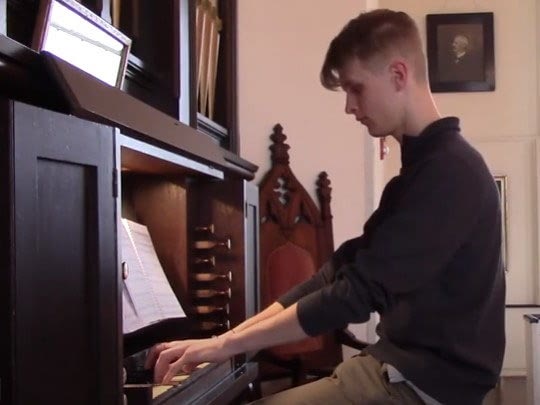Events Gallery 10/20/2022
The Cultural Landscape of the Harvard Shakers
What has Vanished and What Remains
Was on October 20th, 2022 7:00 pm
215 Still River Road, Harvard MA 01451
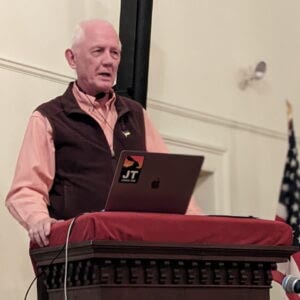
An illustrated talk about the changes the Shakers made to the landscape in the northeastern part of Harvard and some of the buildings they acquired or built between1791 and 1917. Ned Quist will share some of his large collection of photographs of Harvard's Shaker Village and his gleanings from the Shaker journals about the buildings. In addition to building their houses and shops, the Shakers made extensive changes to the landscape that remain and shape the Village area today.
Ned is a researcher specializing in the history of the Harvard Shaker Village. He has collected a large number Shaker Village photographs, maps, and illustrations from many sources across the country and has searched the journals kept by the Harvard Shakers to document the history of the buildings, roads, ponds, and the Shaker Mill. A retired academic librarian, he is the author of published articles on the Harvard Shakers and a builder of Shaker furniture.
Thanks to Harvard Cable TV for recording the event.
HHS hosts talk on Harvard Shaker Village, then and now
Article by Carlene Philips published in the Harvard Press.
Even without knowing a lot about the Shakers in Harvard, one can’t help but be aware of the imprint they left on the landscape and of their contribution to the town’s identity and sense of place. Ned Quist, a retired academic librarian, has been visiting Harvard over the past few years, working to see today’s Shaker Village in a broader, historical context.
On Oct. 20 at 7 p.m. in the Historical Society meetinghouse, 215 Still River Road, Quist will give a talk about the results of his research. “The Cultural Landscape of the Harvard Shakers: What Was There and What Remains” will be illustrated with more than 50 pictures, some of which Quist believes will be unknown or little known, even to Shaker scholars.
Using old maps and pictures, Quist has put together an inventory of 70 structures that were in the historical village, which comprised the Church, East, South, and North families. The collection of photos gives a visual narrative of the built environment as it was for the last Harvard Shakers. After Fiske Warren bought the property in 1918, many buildings were demolished or moved, and many were destroyed by fires. Using the photos, as well as entries in Shaker journals, Quist has been able to place some buildings for which the exact location was previously unknown. His overlay of an 1876 map onto a Google map will show what is missing today, and some of his own photos, taken at sites depicted in an old photo, will further show the “then” and “now.”
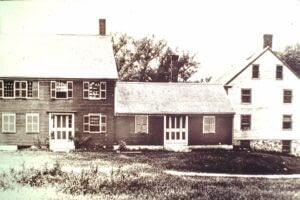
The North Family office and ell is currently a private home. At the far right is the building, now gone, identified by NedQuist. (Photo courtesy of Harvard Historical Society)
Quist’s study of the Harvard Shaker Village evolved from a number of circumstances. His interest in woodworking led him in 2015 to an exhibit at Fruitlands called “Gather up the Fragments,” where the display of pieces from the Fruitlands Museum collection and the Andrews collection, housed at Hancock Village in Pittsfield, ignited his interest in the Shakers. A few years later, Quist attended a forum at the Enfield Shaker Museum in Enfield, New Hampshire, where papers on aspects of Shaker life were presented. He set out to research three Shaker mills, one of which was the saw mill and machine shop on Bennett’s Brook in Harvard.
Having just retired from 40 years in his profession as an academic librarian, Quist could now, in his words, “hit the ground running.” His most recent work at Brown University was assisting professors who were teaching research skills to students, so he had the know-how, and now he had the time. He explored the Harvard Shaker material connected to Fruitlands Museum in the Trustees Archives and Research Center in Sharon, the extensive collection of photos of Harvard Shaker Village at Hamilton College Library, and the Harvard Historical Society, where Judy Warner, administrative assistant, showed him material from the archives.
While he was doing research on the Harvard mill, a tip from Shaker scholar Roben Campbell led him to the Nutting Historical Room of the Ayer Library, where he found a trove of old photos taken by a group of Ayer amateur photographers between the late 1800s and about 1920. Only a small number were of Harvard Shaker Village, but among those were several he believed to be previously unknown, and he became interested in finding out more about the Harvard village. Not only was it the closest Shaker Village to his Rhode Island home, but because many buildings became private homes, they have been well preserved, and the village has kept its own character.
Quist’s investigative research has yielded some fascinating discoveries. For example, one 1915 photo, “Old House,” that Quist found at the Ayer Library was identified only as “near Shaker mill.” Knowing the mill had been on Bennett’s Brook at the east end of Shaker Road, where the North Family was located, Quist studied a picture of the North Family office building and ell, now a private home, as it appeared in a photo taken in 1915. He noticed that behind the ell was the top third of a house that looked to him like the side of the dwelling in the picture “Old House.” An undated photo at the Harvard Historical Society confirmed his conjecture, showing the “Old House” was once the dwelling at the easternmost end of the North Family office building and ell.
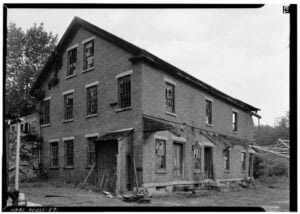
The South Family Brick Shop was located behind the Sisters Shop on South Shaker Road. It was taken down in the early1970s. (Photo courtesy of U.S. Government Historical American Buildings Project)
Last week Quist was again in Harvard, visiting Warner on South Shaker Road, this time to learn about the water system devised by the South Family. I had the chance to walk with him and Warner around her house, which was the Sisters’ Shop of the South Family. The building next door to the east was the South Family dwelling, the second on that site, and farther to the east are the remains of the old stone barn. Judy and her husband Andy bought all three buildings in the 1970s from Connie Thayer, daughter of Dora and Frederick Avery, who had worked for the Shakers and bought the property from them.
Warner talked about how the north end of her house had been set up with equipment for drying apples, and off the end of what is now a stone terrace was the Brick Shop. A photo on Quist’s phone showed Mrs. Avery’s mother in front of the Brick House, with its slate roof and granite sills. Looking out at the land, Warner remarked, “They moved a massive amount of dirt.”
Warner told Quist how the Shakers channeled water from the Holy Hill (now conservation land) under the road, around the perimeter of a large field, back under the road to a pond behind the South Family Home. Standing on the home’s dirt driveway, where Warner had once uncovered part of the cement culvert, Quist said this was where the long gone South Family Brethren’s Shop had been. He described how he had determined this.
In a photo in the Hamilton College Library collection labelled “Harvard South Family Office, Brethren’s Shop, and barn,” Quist had detected a roofline behind the South Family Office, the cellar hole of which is directly across from the South Family Home. When Quist found a picture in the Ayer Library of the South Family Home and a tree-covered building to its east, he knew that building was the Brethren’s Shop, the top of which he had seen in that earlier photo.
Quist said one of the biggest challenges in his work is that he’s a Rhode Islander, talking to Harvard residents about Harvard history. It’s a great opportunity to keep learning—“I want to get it right,” he said. For Oct. 20, Quist promised, “I’ll tell a good story.” He said he is looking forward to expanding his knowledge by hearing stories about Shaker Village from the audience. So many people have something to add, he said.


